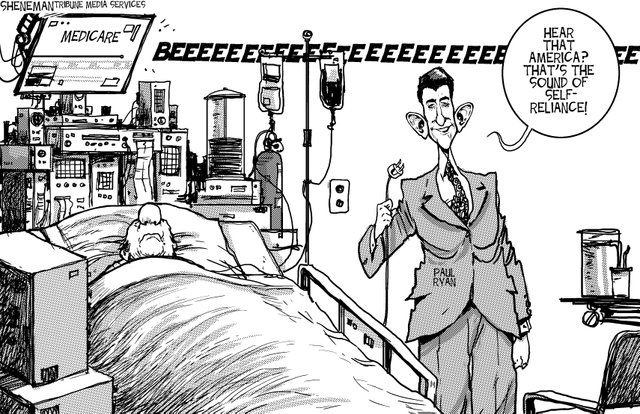This seems like a simple thing to do, but planning what exactly we want our content to achieve is a great idea. This includes of course, planning what we are going to write, but also what that writing is going to look like. We can plan around images and page sizes, but we also need to plan on how the user reads our content.
For example, if we are writing for a new part of the AARP website, we should probably choose a font that is thicker and stands out for those who may have trouble seeing. If we look back at our previous reading this is also a tenet of Universal Design. If we're going to be thinking about audience and how we can reach as many people as possible, fonts and type faces have to be a part of that discussion. How we emphasize certain words and sentences with fonts and spacing can determine how easy a user can skim through the content we create.
But, back to the beginning, planning. Fonts can seem like something to think about last, but the crux of this reading so far, to me, is that this should be a part of the design process from the beginning since it can inform the reader so much about not only the content, but the author as well.


